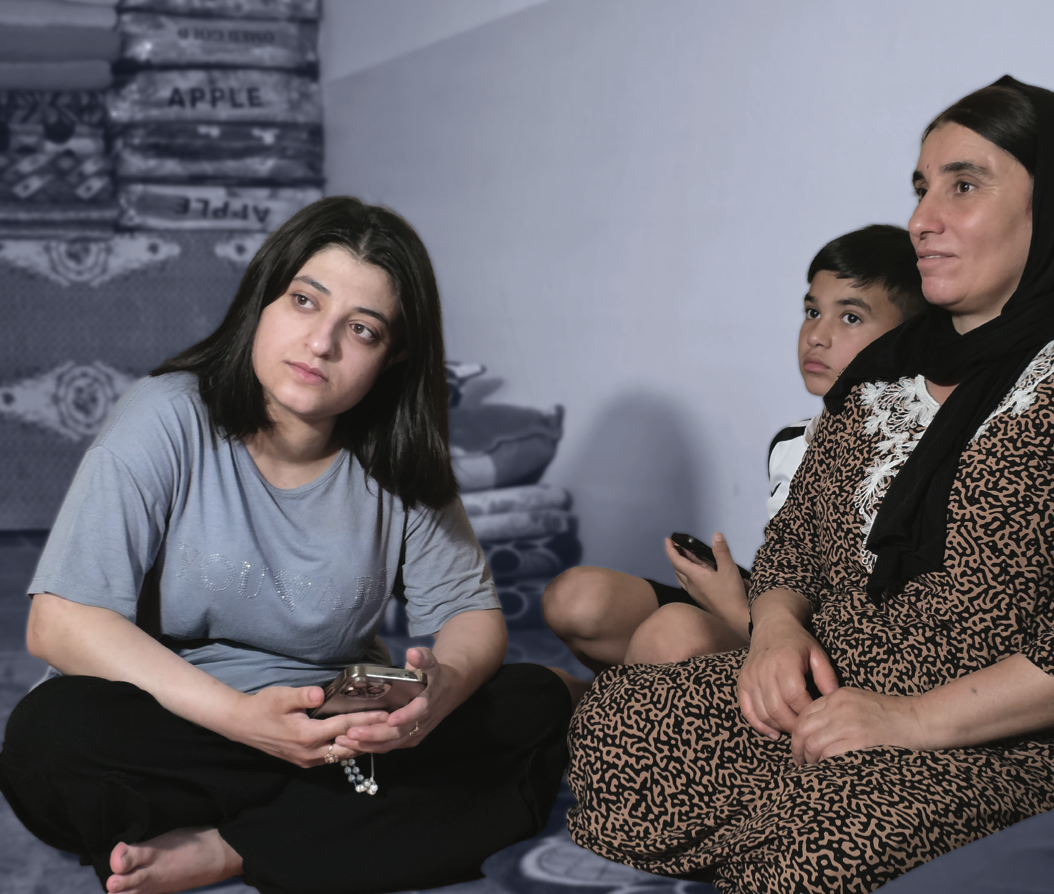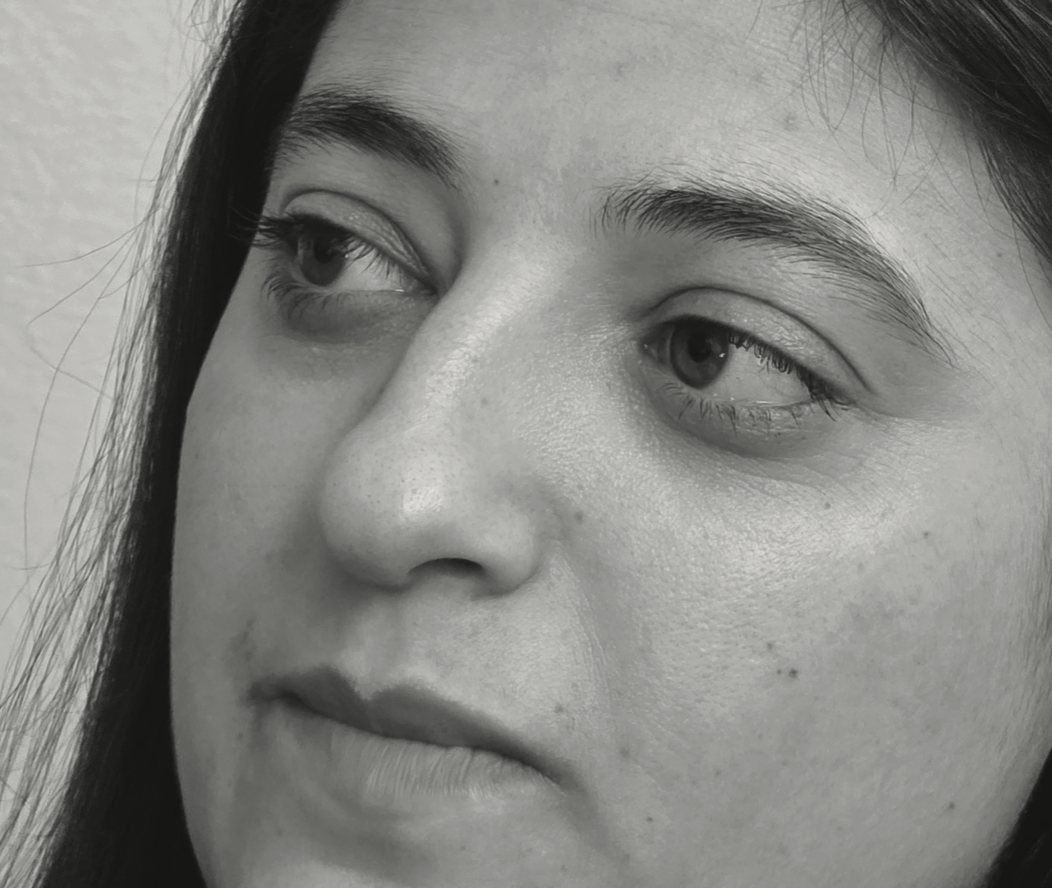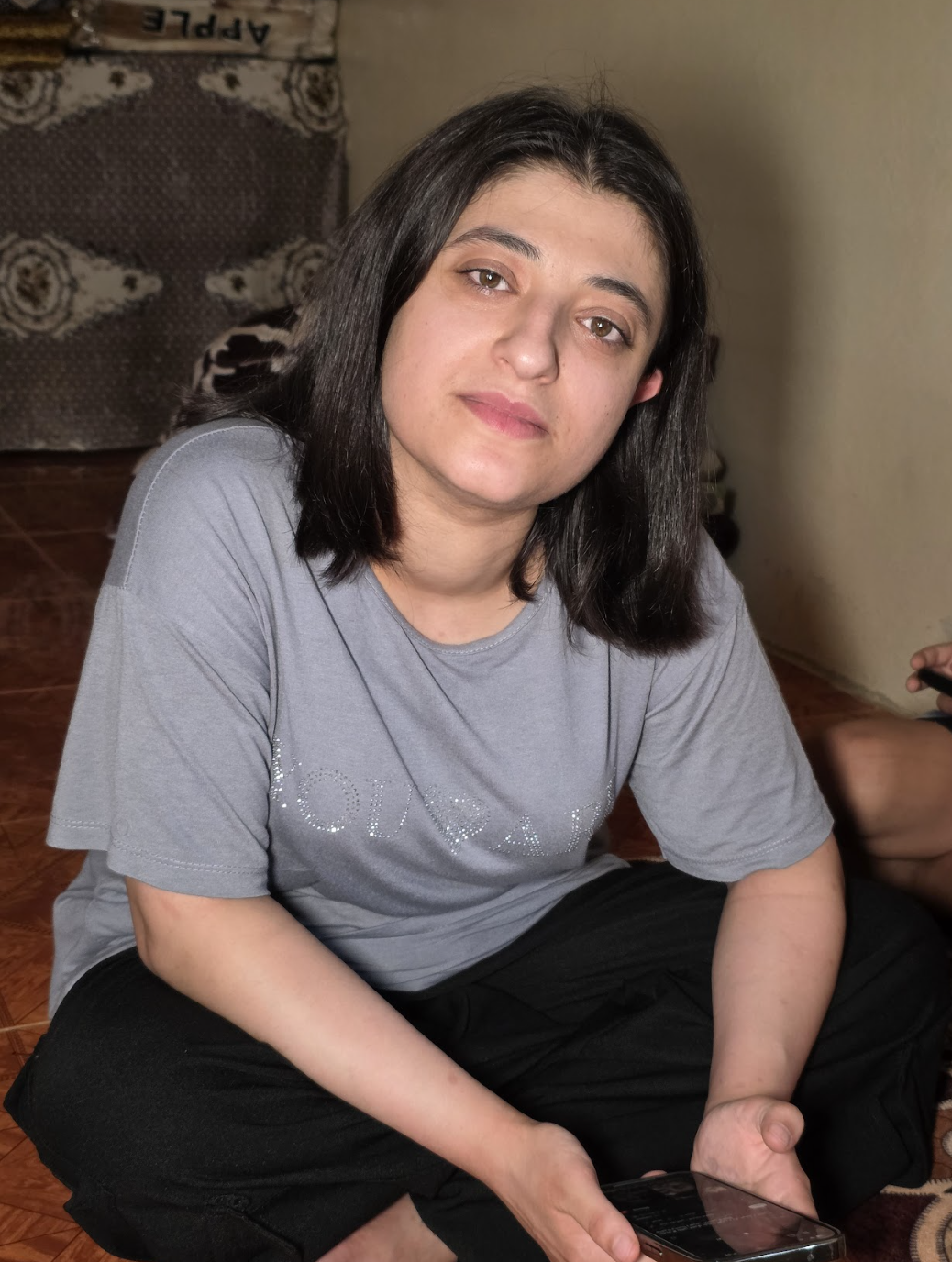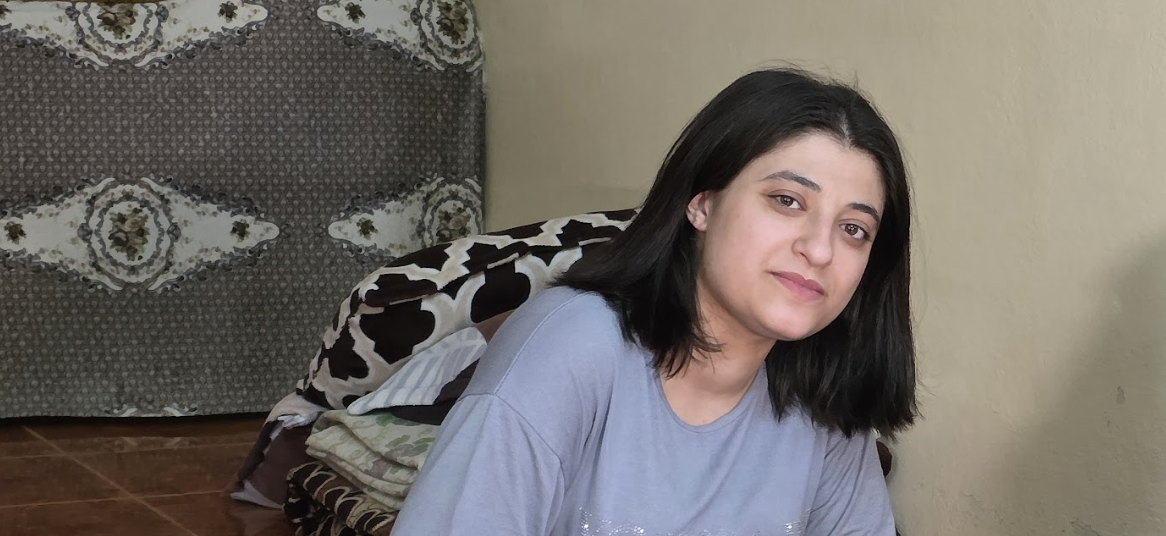The experience of Yezidi Kurds – especially women – has been among the most harrowing in recent human memory. Their narratives of enslavement by ISIS have extended beyond true stories into fiction and memoirs that bear witness to their inhumane treatment.
Kocho was once a quiet Yezidi village perched on the slopes of the Sinjar Mountains; now, its name is etched into the collective memory of the Kurdish people. It is a wound, a tragedy, and a symbol of genocide – an everlasting wound from yet another firman (imperial decree) among many in history that have operationalized the killing and enslaving of Yezidi Kurds.

Theft of a Kurdish identity, an ethnic group, and a faith
In 2014, ISIS militants descended upon Kocho like a black storm. Among the many who were taken, tortured, or slaughtered during the Sinjar massacre, a 13-year-old Yezidi Kurdish girl named Dima Amin was kidnapped. She was only a child when her world collapsed, but her life was rewritten in the language of war, captivity, and displacement.
Dima’s story is not just her own. It is the story of Sinjar, the Yezidis, and the brutal attack on an ancient Kurdish faith that had always lived in the margins of a Kurdish homeland. She and eight members of her family were captured that August. She recently shared with Kurdistan Chronicle how they were “kidnapped by ISIS and, after just 16 days, transferred to Syria.”
A dark decade had begun, not just for Dima but for the entire Yezidi community, with women and girls bearing the most severe burden of enslavement and captivity. For a people long considered “others” in Iraq, this assault marked the most catastrophic event in modern Kurdish Yezidi history.
For the Yezidis, Kurdishness has never been a simple ethnic label. It is a paradoxical home, both a source of cultural belonging and a reminder of historical abandonment. Dima's kidnapping wasn’t only the loss of her freedom; it was the theft of a Kurdish identity, an ethnic group, and a faith, as her religious identity has been under siege for generations.

Captivity in Syria and Turkey
The geography of Dima’s pain stretches from Kocho in Iraq through Mayadin and Abu Kamal in Syria to Ankara, Turkey. For three years and six months, she lived in Syria under the control of ISIS. “It was the worst time of my life, and I had lost hope of surviving,” she shared.
Dima did not live in Syria; she endured it. Her reality was veiled, her worldview shattered so that she only saw the colors of darkness. Every kilometer she moved away from Sinjar, in her mind, was a kilometer further from her language, her name, her faith, and her family. Her time in Syria was not just physical captivity; it was cultural erasure. She became a Kurdish Yezidi girl forced to live in the shadow of her own identity.
And then came Turkey, not as a refuge, but as another cage. The ISIS fighter who smuggled her to Syria then moved her to Turkey. For eight more years, she remained trapped under his control – a girl turned into a prisoner in the heart of a NATO-allied country. Her life was now entangled in the bureaucracy of forged passports, hidden borders, and fake names. When the ISIS fighter tried to smuggle her to Egypt, they were apprehended at the airport. Dima was innocent, yet she spent a year in a Turkish prison for a crime that had already given her a lifetime of pain and agony.

The stateless Kurdish Yezidis
In Turkish court, Dima faced a new trauma, erased by denial. “I asked the judge to deport me to the Kurdistan Region of Iraq,” she said. “But he told me, ‘You have no proof that you are from Iraq.”
That one sentence pierced deeper than any weapon, as it made her feel like she did not exist. Imagine being a female captive whose existence is denied not just by one state, but by multiple states.
This is the silent violence of being a Yezidi Kurdish woman. Even when you survive a genocide, escape a jihadist, and stand before a legal system, your identity is still questioned. You are Kurdish, but Kurdish from where? You are Yezidi, but Yezidi to whom? You are Iraqi, but undocumented.
For Dima, statelessness was more than a legal condition. It was the very fabric of her identity, stitched in exile, ornamented in pain.

Kurdistan: A return without restoration
After 11 years – three in Syria and eight in Turkey – Dima finally returned home. Or rather, to what remained of home. She returned to relatives who had waited over a decade for a miracle. But homecomings for survivors are never celebrations. They bring a storm of tears and a whirlwind of long-buried emotion. No two homecomings are alike.
Kocho is no longer the same. Her childhood was stolen, her innocence shattered, and every dream she had is scattered across the cursed lands of a broken, post-colonial Middle East. Her language, her memories, and even her body carry the markings of a decade lost to war and silence.
Her presence is now part of a greater Kurdish Yezidi community struggling to reassert itself in a post-ISIS world. The Yezidis are not relics of history. They are not a forgotten sect. They are Kurdish. Their tragedy is Kurdish. Their survival is Kurdish. But their identity, shaped by both inclusion and abandonment, stands as a mirror, exposing the gaps in our national conscience as Kurdistan. Yet, their ancient faith, intertwined in and reflecting the culture of the Kurdish nation, remains intact; just as determined as Dima, they embrace Kurdishness wholeheartedly.
What the world owes Dima
Dima Amin is not just a survivor. She is a living archive of Kurdishness under fire. Her voice, even when quiet, echoes with the urgency of an entire people.
She embodies what it means to be Kurdish and Yezidi in the 21st century, in a post-colonial reality shaped by the desires of the majority-versus-minority rhetoric, where stateless nations like Kurdistan face persecution, yet showcase resilience and enduring.
The international world order failed Dima. Post-colonial Iraq failed to protect her and her people time and time again. The entire Middle East failed her. The world failed her.
Kurds in general face exclusion and harsh ethno-centric state policies. They lack constitutional justice for recognition. More importantly, women like Dima deserve far more attention and recognition from the community as well. After all, Dima is not just as a girl from Kocho, but a daughter of Kurdistan.